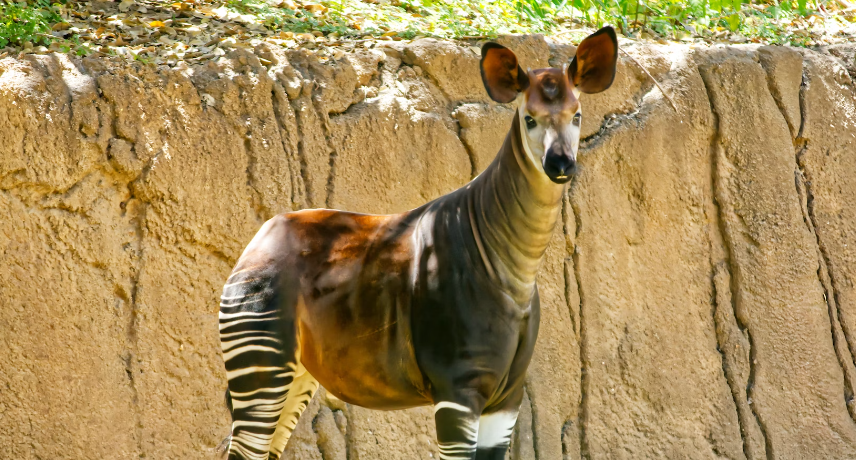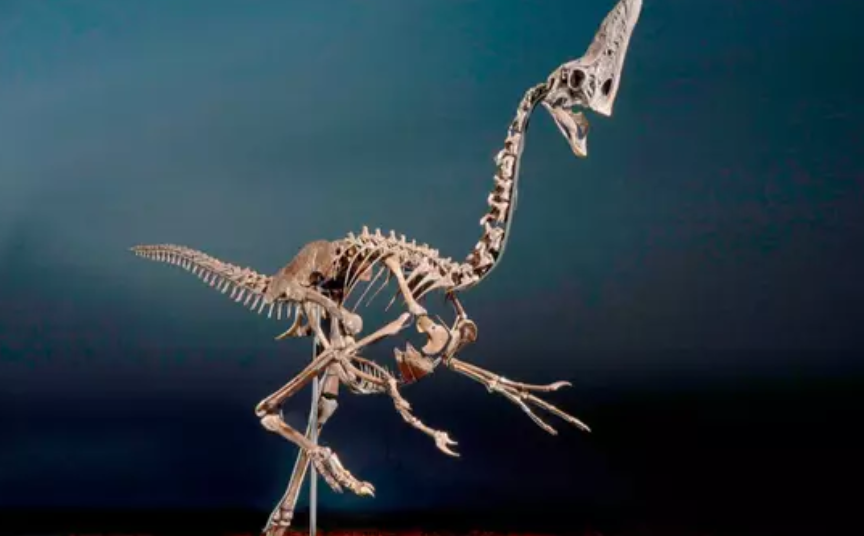The Okapi – A Combination of a Deer and Zebra in One

© Joanna Huang / Unsplash
Imagine if a zebra and a deer decided to have a family reunion in the middle of a lush African rainforest. Well, they did! And their long-lost cousin, the okapi, emerged as the surprise guest of the animal kingdom. Native to the hidden depths of the Ituri Rainforest in the Democratic Republic of Congo, this quirky creature sports a coat that’s part oily raincoat and part zebra-striped fashion statement.
But there’s more to the okapi’s story than meets the eye.
What is The Okapi?
The okapi, known as the “forest giraffe,” is the only living relative of the giraffe, although it resembles a cross between a deer and a zebra. It is native to the Ituri Rainforest in the Democratic Republic of Congo, where it is found exclusively in the wild. The okapi has oily fur to stay dry in the rain and scent glands on its hooves for territorial marking. While males have horns, most females have knobby bumps instead.
In terms of habitat, the okapi lives in the dense rainforest and can blend into its surroundings with its brown and white striped rump. Its diet includes fruits, buds, leaves, twigs, and other vegetation, and it has four stomachs to aid in digesting tough plants. The okapi has a long, dark tongue similar to its giraffe cousin, which it uses to strip leaves from branches. It consumes 45 to 60 pounds of food daily, including riverbed clay and occasionally bat excrement for nutrients.

The okapi is a solitary, daytime creature that marks its territory with sticky hoof secretions and urine. Occasionally, small groups of okapis will gather to eat, groom, and play together. Female okapis usually have one calf per pregnancy. Calves can walk 30 minutes after birth but can’t defecate for about a month to avoid attracting predators. Mothers communicate with their calves through infrasounds, and they are protective of their young, using hooves to ward off threats. However, once the calf reaches six months of age, it must become independent.
Conservation Methods for The Okapi
The okapi faces significant threats to its survival, as indicated by its endangered status on the International Union for Conservation of Nature’s Red List. Over the past two decades, it’s estimated that okapi populations have been halved. While leopards are natural predators, human hunters are the primary danger to the okapi. A tragic incident in 2012 saw a militia group killing 14 okapis at a conservation center. Even today, poachers continue to target okapis for their meat and skin, and civil unrest in the Democratic Republic of Congo hinders wildlife protection efforts. Human-induced deforestation further exacerbates the problem by destroying vital okapi habitats.

To combat these threats, the Okapi Conservation Project, established in 1987, remains dedicated to preserving the Okapi’s future. It supports the Okapi Wildlife Reserve, a World Heritage Site home to around 5,000 okapis in the Ituri Forest.
Fun Facts About Okapi
Here are some fun and interesting facts about the okapi:
- Hidden in the Rainforest: Okapis are known as the “ghosts of the forest” because they are so elusive and rarely seen in the wild due to their remote habitat.
- Living Fossils: Okapis are often referred to as “living fossils” because they are the only living relatives of giraffes and their physical features have remained largely unchanged for millions of years.
- Zebra Stripes: The okapi’s striking black and white stripes on their hindquarters serve as a form of camouflage, resembling rays of sunlight filtering through the forest canopy, helping them blend into their surroundings.
- Silent Giants: Unlike their vocal giraffe cousins, okapis are generally quiet animals. They communicate with each other using infrasound, which are sounds at frequencies too low for human ears to detect.
- Unique Tongue: Like giraffes, okapis have long, dark tongues that they use to strip leaves from branches. Their tongues can reach up to 18 inches (45 centimeters) in length.
The world of the okapi is filled with wonder. As a distant relative of the giraffe, it carries a legacy of ancient traits and adaptations that have allowed it to thrive in the dense rainforests of the Democratic Republic of Congo. Yet, its survival hangs in the balance due to the threats it faces from habitat destruction and human activities.


